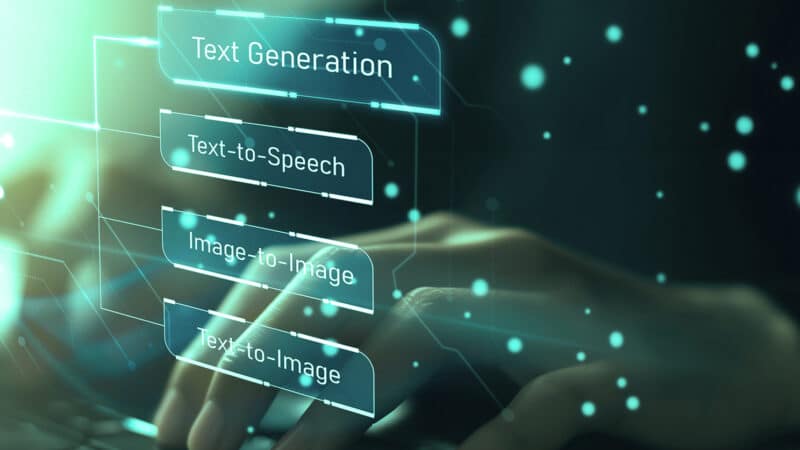
Generative AI is astonishing and frustrating. There’s so much promise, and vendors are constantly releasing new capabilities. But it’s too hard to add to existing content creation workflows unless you have a team of developers.
Suppose you’re evaluating AI solutions or struggling to make existing tools fit your content workflows. In that case, it might be time to take a closer look at the model context protocol (MCP) and the servers created to use this standard— what they are, how they work and what role they play in unlocking enterprise-level results.
What is an MCP?
At its core, a model context protocol is a set of rules governing how an AI model communicates with external systems, like databases, APIs or brand assets, to retrieve additional context when generating content. In this context, we’re talking about an open-source standard introduced by Anthropic in November 2024 that rival Open AI, Google and many others have since adopted. It is the connective tissue between your proprietary knowledge and the generative model.
That matters because most genAI models train on publicly available data. Without access to your company’s product specs, messaging frameworks, regulatory language or tone guidelines, they can only guess what’s on-brand.
Dig deeper: Is your CRM lying to you? The hidden costs of dirty B2B data
Sure, AI tools typically let you upload content to give them context within queries, and some let you create project spaces where you can upload multiple files. But the capacity is minimal. MCPs solve this by giving the model a structured way to fetch the latest version of the context files, enriching the tools’ capabilities for accurate and compliant content generation.
What are MCP servers?
MCP servers are the infrastructure that makes this connection dynamic and scalable. They act as intermediaries — receiving a prompt from a user, retrieving the relevant information from connected systems (like your CMS, DAM or CDP), and passing it back to the model in a format it can use.
Incorporating an MCP server into your AI stack makes content generation more relevant and enables features like:
- Real-time personalization with up-to-date product or customer data.
- Governance over what data the model sees and how it’s used.
- Secure access control and auditability for enterprise compliance.
- Context-switching between brands, regions or verticals.
Anthropic’s open-source MCP, for instance, is used by companies like GitHub and Zapier to help the desktop version of the Claude chatbot access business-specific data in secure, controllable ways. It can also connect to local files on a computer. (See the GitHub repository dedicated to MCP servers and other technologies to understand the possibilities.)
Why marketers should care
For content teams, the most significant impact of MCPs is control and customization. With an MCP server, your AI system doesn’t rely solely on its training data or long prompts; it can pull what it needs based on your brand standards.
It lets you:
- Reduce hallucinations by grounding the AI’s responses in source-of-truth data
- Scale personalization without reinventing workflows for each campaign
- Maintain brand consistency across geographies, channels, and teams
It also opens the door to hybrid AI-human workflows, where AI creates a first draft using internal context, and marketers finish it using collaborative tools like Anthropic’s Artifacts or ChatGPT’s Canvas.
Dig deeper: AI and email marketing: All hype or real game-changer?
As a researcher and journalist, I’m just beginning to explore the utility of these connections, but I’ve already accomplished some impressive things. For example, I can access my Airtable databases (and all the content therein) directly within the Claude desktop client, saving me the hassle of downloading info from Airtable and uploading it to Claude. Plus, I’m always working with the latest version of the data and don’t need to sort through many different versions of the same files.
Learn more in our full report
That is one of the emerging trends we explore in the new MarTech Intelligence Report: Generative AI for Content Creation. Download it to get:
- A breakdown of how LLMs, RAG and MCP servers work together
- A comparison of top vendors and their AI infrastructure
- Step-by-step guidance on how to evaluate and adopt generative AI tools for your content operations
Get the full report now to stay ahead of the curve in AI-powered marketing.
The post What’s missing from your AI content workflow, and how MCP fills the gap appeared first on MarTech.
